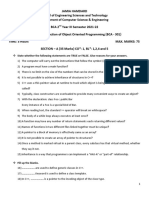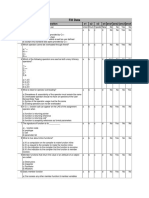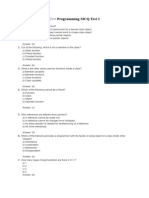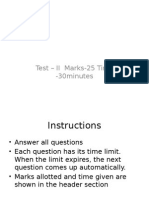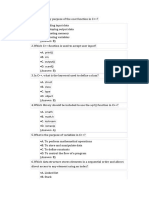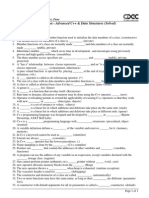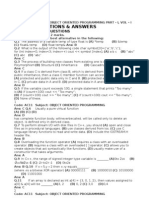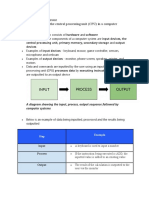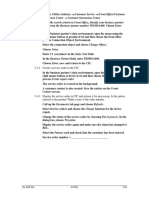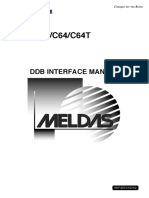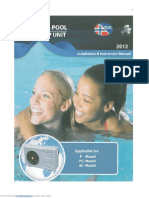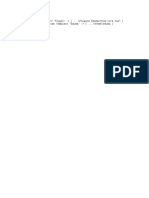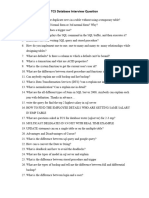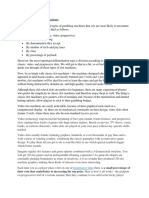0% found this document useful (0 votes)
35 views11 pagesSample Paper
This document contains a sample paper for a final term CS304 Object Oriented Programming class. It includes 35 multiple choice questions testing concepts related to templates, inheritance, operator overloading and other OOP concepts in C++. It also includes 3 short answer/code questions related to templates, polymorphism and multiple inheritance in C++.
Uploaded by
chrishenryy910Copyright
© © All Rights Reserved
We take content rights seriously. If you suspect this is your content, claim it here.
Available Formats
Download as DOCX, PDF, TXT or read online on Scribd
0% found this document useful (0 votes)
35 views11 pagesSample Paper
This document contains a sample paper for a final term CS304 Object Oriented Programming class. It includes 35 multiple choice questions testing concepts related to templates, inheritance, operator overloading and other OOP concepts in C++. It also includes 3 short answer/code questions related to templates, polymorphism and multiple inheritance in C++.
Uploaded by
chrishenryy910Copyright
© © All Rights Reserved
We take content rights seriously. If you suspect this is your content, claim it here.
Available Formats
Download as DOCX, PDF, TXT or read online on Scribd
/ 11










